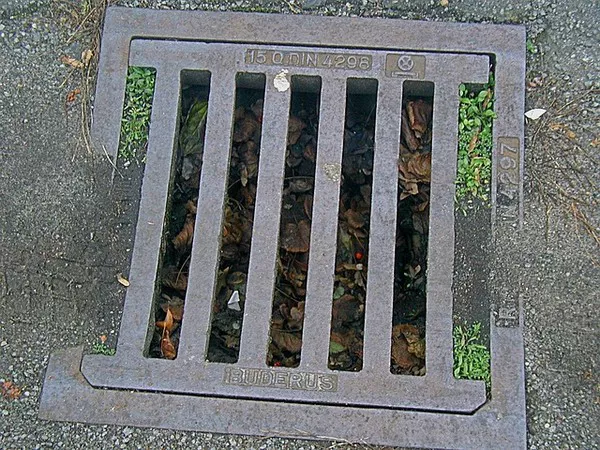Wastewater treatment is a crucial component of ensuring environmental sustainability and safeguarding public health. Among the myriad processes involved in wastewater treatment, coagulation stands out as a fundamental step in removing impurities and contaminants from water. This article delves into the intricacies of coagulation, its significance in wastewater treatment, and the various coagulants employed in the process.
Coagulation Defined
Coagulation, in the context of wastewater treatment, is a physicochemical process aimed at destabilizing and aggregating suspended particles present in wastewater. These particles, ranging from colloidal to larger solids, are often responsible for water turbidity and harbor pollutants that pose a threat to aquatic ecosystems and human health. Coagulation is an essential precursor to subsequent processes like sedimentation and filtration, facilitating the removal of these suspended particles.
The Mechanism of Coagulation
The coagulation process relies on the addition of coagulants, which are chemicals that induce the destabilization of colloidal particles in wastewater. This destabilization occurs through the neutralization of charges on the particle surfaces. Most suspended particles in wastewater carry negative charges, causing them to repel each other. Coagulants, typically metal salts, neutralize these charges, allowing the particles to come together and form larger aggregates.
Commonly Used Coagulants
Several coagulants are employed in wastewater treatment, each with its unique properties and applications. The choice of coagulant depends on the specific characteristics of the wastewater and the desired treatment outcomes. Some of the most commonly used coagulants include:
Aluminum Sulfate (Alum): Alum is a traditional coagulant widely recognized for its effectiveness in treating water with high turbidity. It forms aluminum hydroxide flocs, aiding in the removal of suspended particles.
Ferric Chloride: Ferric chloride is another popular coagulant known for its rapid coagulation and ability to handle a wide range of water quality parameters. It reacts with colloidal particles to form ferric hydroxide flocs.
Polymeric Coagulants: Polymers, both cationic and anionic, are used to enhance coagulation by promoting the bridging and enmeshment of particles. These coagulants are particularly effective in treating wastewater with complex compositions.
The Coagulation Process in Wastewater Treatment
The coagulation process involves careful dosing of coagulants into the wastewater, followed by gentle mixing to ensure even distribution. The coagulants initiate the neutralization of charges on suspended particles, leading to the formation of microflocs. These microflocs then collide and aggregate to form larger, settleable flocs. The next step in the treatment process is sedimentation, where these flocs settle to the bottom of the treatment tank, leaving clarified water above.
Significance of Coagulation in Wastewater Treatment
Turbidity Reduction: Coagulation plays a pivotal role in reducing turbidity, which refers to the cloudiness or haziness of water caused by suspended particles. By forming larger flocs, coagulation facilitates their removal, resulting in clearer and aesthetically pleasing water.
Removal of Pollutants: Coagulation is instrumental in the removal of various pollutants, including heavy metals, organic matter, and pathogens. The aggregated flocs trap and encapsulate these contaminants, aiding in their subsequent removal during sedimentation.
Enhanced Filtration: The coagulation process improves the efficiency of downstream filtration processes by reducing the load of suspended particles. This, in turn, extends the lifespan of filtration media and ensures the production of high-quality treated water.
Challenges and Considerations
While coagulation is a highly effective method, it is not without challenges. The dosage of coagulants must be carefully optimized to avoid overdosing, which can lead to increased sludge production and higher treatment costs. Additionally, the type of coagulant selected must be tailored to the specific characteristics of the wastewater to achieve optimal results.
See Also Why Is It Important To Treat Wastewater Before Discharge
Conclusion
Coagulation is a fundamental and indispensable step in wastewater treatment, contributing significantly to the production of clean and safe water. The careful selection and application of coagulants ensure the efficient removal of suspended particles, pollutants, and contaminants from wastewater, ultimately safeguarding environmental and public health. As advancements in water treatment technologies continue, coagulation remains a cornerstone process, continually evolving to meet the ever-increasing challenges posed by diverse wastewater compositions.

